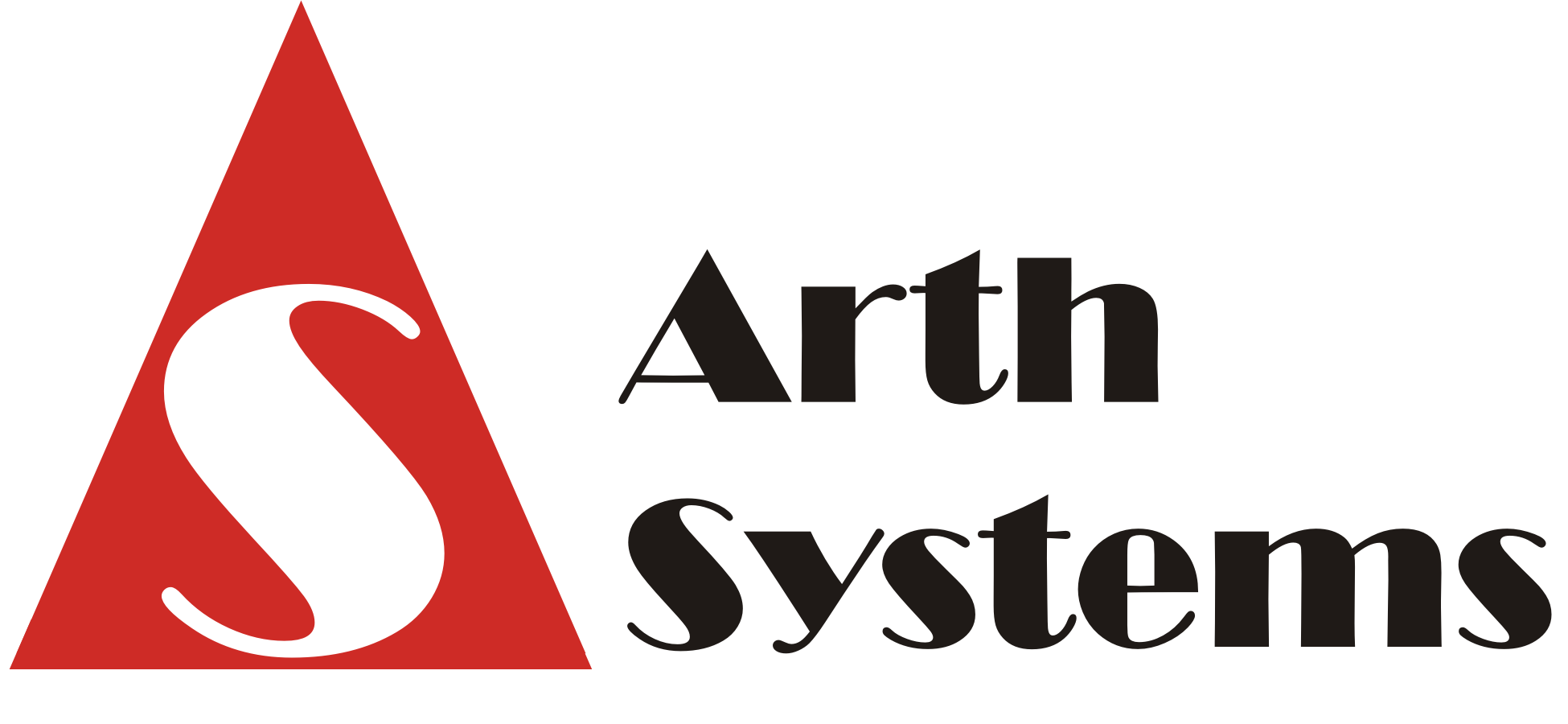Reducing risk is as prominent an IT issue as any out there today. From nature/weather-induced emergencies to cyber-attacks, it is now common to ‘expect the unexpected.’ Still, many are surprised to learn that most ‘disasters’ are human-generated—thanks to malware, user errors and malicious employees. SMBs are mainly at risk due to the following concerns:
- Fewer resources to prevent data disaster
- Limited resources to combat disaster
- Risk of losing valuable data
- Risk of reduced revenue
- Loss of competitive edge
- Negative impact on reputation and customers
- Potential non-compliance of regulations
At Arth System, we believe in solving security-risk issues for our clients by identifying the right solution that fits your needs.
 Are my users and machines secure ? Is my IT system secure ?
Are my users and machines secure ? Is my IT system secure ?- No. As per Gartner/Microsoft, "70% companies are not secure."
- On an average, 253 days go by even before you know that you were hacked.
- We provide assessments to evaluate the level of security available and required for a user's machine.
- Based on compliances, we can evaluate the security requirements for your IT systems.
- What measures are you taking to be secure? Have you done an audit to comply with?
 How can I reduce my company's IT risk ?
How can I reduce my company's IT risk ?The following guidelines should help you significantly reduce your IT risk:
- Enable multi-factor authentication
- Educate employees to be aware of security risks will face
- Install regular updates
- Don't click on unknown email links
- Install anti-virus programs
- Don't be an easy target
 Question : Why should you work with us to reduce your risk ?
Question : Why should you work with us to reduce your risk ?We provide end-to-end solutions to secure your IT systems. by performing the following tasks:
- Identity management with two-factor/multi-factor authentication
- Managed security services such as:
- Compliances
- HIPAA
- HiTrust
- GDPR
- CCPA
- Security assessments that provide answers to questions like:
- Where is our data?
- Is it secure?
- How are people using it?
- What is our data-governance plan?
- Business continuity and disaster recovery
- Ongoing training
- Maintenance and ongoing support
- Compliances
